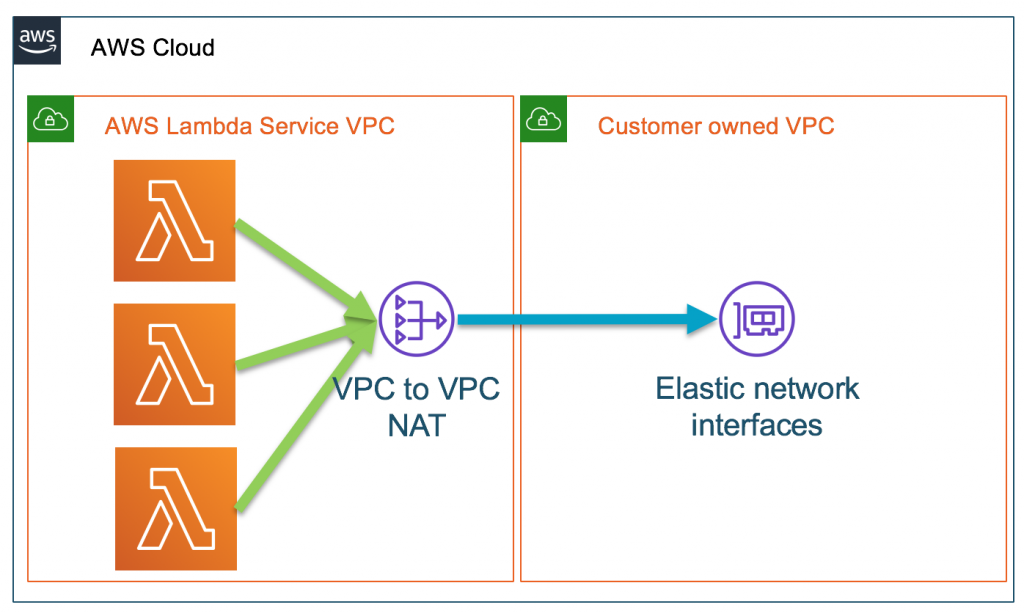AWS Compute Blog
Using new vCPU-based On-Demand Instance limits with Amazon EC2
This post is contributed by Saloni Sonpal, Senior Product Manager, Amazon EC2 As an Amazon EC2 customer running On-Demand Instances, you can increase or decrease your compute capacity depending on your application’s needs, and only pay for what you use. EC2 implements instance limits, which give you a highly elastic experience while protecting you from […]
Running AWS Infrastructure On Premises with AWS Outposts
We announced AWS Outposts at re:Invent last December and since then have seen immense customer interest. Customers have been asking for an AWS option on-premises to run applications with low latency and local data-processing requirements. AWS Outposts is a new service slated to launch in late 2019, that brings the same infrastructure, APIs, and tools […]
Creating static custom domain endpoints with Amazon MQ to simplify broker modification and scaling
Update – Nov 9, 2021: AmazonMQ also supports RabbitMQ – read Creating static custom domain endpoints with Amazon MQ for RabbitMQ for more information This post is courtesy of Wallace Printz, Senior Solutions Architect, AWS, and Christian Mueller, Senior Solutions Architect, AWS. Many cloud-native application architectures take advantage of the point-to-point and publish-subscribe (“pub-sub”) model of message-based […]
Sharing automated blueprints for Amazon ECS continuous delivery using AWS Service Catalog
This post is contributed by Mahmoud ElZayet | Specialist SA – Dev Tech, AWS Modern application development processes enable organizations to improve speed and quality continually. In this innovative culture, small, autonomous teams own the entire application life cycle. While such nimble, autonomous teams speed product delivery, they can also impose costs on compliance, […]
Optimizing NGINX load balancing on Amazon EC2 A1 instances
This post is contributed by Geoff Blake | Sr System Development Engineer In a previous post, Optimizing Network Intensive Workloads on Amazon EC2 A1 Instances, I provided general guidance on tuning network-intensive workloads on A1 instances using Memcached as the example use case. NGINX is another network-intensive application that, like Memcached, is a good fit for […]
Announcing improved VPC networking for AWS Lambda functions
September 8, 2021: Amazon Elasticsearch Service has been renamed to Amazon OpenSearch Service. See details. Update – August 5, 2020: We have fully rolled out the changes to the following additional Regions to those mentioned below. These improvements are now available in the AWS China (Beijing) Region, operated by Sinnet and the AWS China (Ningxia) […]
Introducing the capacity-optimized allocation strategy for Amazon EC2 Spot Instances
AWS announces the new capacity-optimized allocation strategy for Amazon EC2 Auto Scaling and EC2 Fleet. This new strategy automatically makes the most efficient use of spare capacity while still taking advantage of the steep discounts offered by Spot Instances. It’s a new way for you to gain easy access to extra EC2 compute capacity in […]
ICYMI: Serverless Q2 2019
This post is courtesy of Moheeb Zara, Senior Developer Advocate – AWS Serverless Welcome to the sixth edition of the AWS Serverless ICYMI (in case you missed it) quarterly recap. Every quarter, we share all of the most recent product launches, feature enhancements, blog posts, webinars, Twitch live streams, and other interesting things that you […]
Why AWS is the best place for your Windows workloads, and how Microsoft is changing their licensing to try to awkwardly force you into Azure
This post is also located on LinkedIn. Many companies today are considering how to migrate to the cloud to take advantage of the agility and innovation that the cloud brings. Having the right to choose the best provider for your business is critical. AWS is the best cloud for running your Windows workloads and our […]
Optimizing Amazon ECS task density using awsvpc network mode
This post is contributed by Tony Pujals | Senior Developer Advocate, AWS AWS recently increased the number of elastic network interfaces available when you run tasks on Amazon ECS. Use the account setting called awsvpcTrunking. If you use the Amazon EC2 launch type and task networking (awsvpc network mode), you can now run more […]





